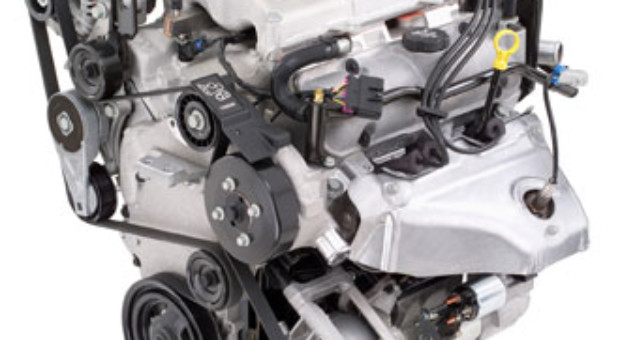
How a car engine works ?
First things first, the car engine is an internal combustion engine, of which there are a number of different types, including the diesel engine, petrol engine, rotary engine and two-stroke engine.
The internal combustion engine runs on the basic premise of injecting a tiny amount of high energy fuel, for example petrol or diesel, in a small enclosed space, igniting it and creating a massive amount of energy in the form of an expanding gas.
The trick the internal combustion engine pulls off is setting off explosions like this hundreds of times over a minute and managing to harness the energy that is thus created. Almost all cars use a four stroke combustion cycle to convert petrol into motion, the four strokes being – intake, compression, combustion and exhaust.
At the beginning of the cycle, the piston starts at the top, once the intake valve opens, the piston moves down, letting the engine take in a cylinder full of air into which is also injected a drop of petrol.
The piston then moves back up to compress the air with the drop of petrol, the compression will make the explosion that is about to occur all the more powerful. When the piston reaches it’s limit, the spark plug emits a spark which ignites the petrol, causing an explosion thus driving the piston back down.
When the piston it reaches it’s bottom limit, the exhaust valve opens and the exhaust leaves the cylinder, leaving the vehicle by the tailpipe. T
his cycle is then repeated over and over again. The linear motion of the pistons is converted into a rotational motion by the crankshaft which subsequently turns the vehicle’s wheels. So as you may have gathered, the cylinder is one of the core components of the internal combustion engine.
Most cars have four, six or eight cylinders.
By: Russell Shortt
Check this out it is so cool and exactly how an internal combustion engine works

















